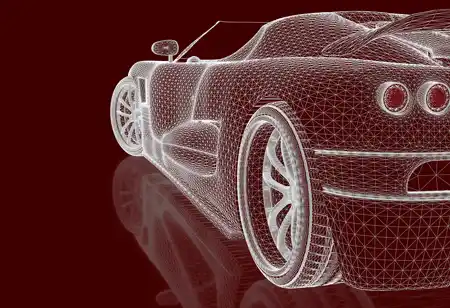THANK YOU FOR SUBSCRIBING
THANK YOU FOR SUBSCRIBING
Be first to read the latest tech news, Industry Leader's Insights, and CIO interviews of medium and large enterprises exclusively from Auto Tech Outlook

By
Auto Tech Outlook | Tuesday, September 26, 2023
Stay ahead of the industry with exclusive feature stories on the top companies, expert insights and the latest news delivered straight to your inbox. Subscribe today.
Functional safety entails assuring only desired processes while minimizing the risk of unintended hazards, such as malfunctions, to the greatest extent possible.
FREMONT, CA: Cybersecurity is being implemented in the automotive industry. New tasks and responsibilities are being assigned at the organizational, divisional, departmental, and project levels. Numerous roles are required to deal with cybersecurity. In the automotive industry, cybersecurity typically begins with regulations, standards, norms, and rules, which initially seems perplexing. As in other sectors, such as aerospace and medical, safety and security are indispensable in the automobile industry. It is essential to consistently ensure safety and security by adopting the appropriate approach with development and continuing through production and field operation.
Functional safety is a field that has undergone tremendous professionalization. New obstacles are surfacing with the introduction of new automobile technologies, the expansion of connectivity, and the pursuit of autonomous functions. Cybersecurity is becoming a factor of quality. Despite their theoretical similarity, automotive development involves distinct (safety and security) objectives and related work activities. Functional security and cybersecurity are being vigorously debated in the industry, within organizations, and in the minds of those responsible. Operational Safety and cybersecurity are two entirely different fields, yet it is assumed that they can be managed and controlled almost identically.
Functional Safety and cybersecurity may share a similar foundation, but they take distinct paths throughout the lifecycle of a vehicle. Hazard Analysis and Risk Assessment (HARA) is the specific stage in functional safety. Potential dangers that could cause damage are identified. Risks associated with identified hazards are evaluated. The HARA is then used to establish safety objectives. These are the most stringent safety requirements for vehicles. Threat Analysis and Risk Assessment (TARA) is performed to identify potential threats, assess their risk, and determine the attack paths. The objectives then serve as the foundation for the concept of cybersecurity.
As technology evolves, the need for updated security measures in the automotive industry is increasingly important. With the advancements of connected cars and the rise of connected car security threats, carmakers must stay ahead of the curve when protecting their vehicles and drivers. With the introduction of connected cars, it is vital to maintain the security of these vehicles to keep drivers and passengers safe. Connected cars are outfitted with various sensors and systems that allow communication with other vehicles and the internet, making them vulnerable to malicious actors.
Carmakers should ensure their vehicles have the latest security updates and patch known vulnerabilities. To protect connected vehicles, carmakers must implement the latest cybersecurity measures. It includes encrypting data, using two-factor authentication, securing networks, and regularly updating firmware. Carmakers must be aware of the potential for cyberattacks. Hackers can target connected vehicles with ransomware, data theft, and malware attacks. To protect against these threats, carmakers must invest in robust cybersecurity measures to protect their cars and customers. It can include encrypting data, using two-factor authentication, using secure networks, and updating firmware regularly.
 Copyright © 2025 AutoTech Outlook. All Rights Reserved | Privacy Policy | Subscribe | Sitemap | About us | Feedback Policy | Editorial Policy
Copyright © 2025 AutoTech Outlook. All Rights Reserved | Privacy Policy | Subscribe | Sitemap | About us | Feedback Policy | Editorial Policy 



